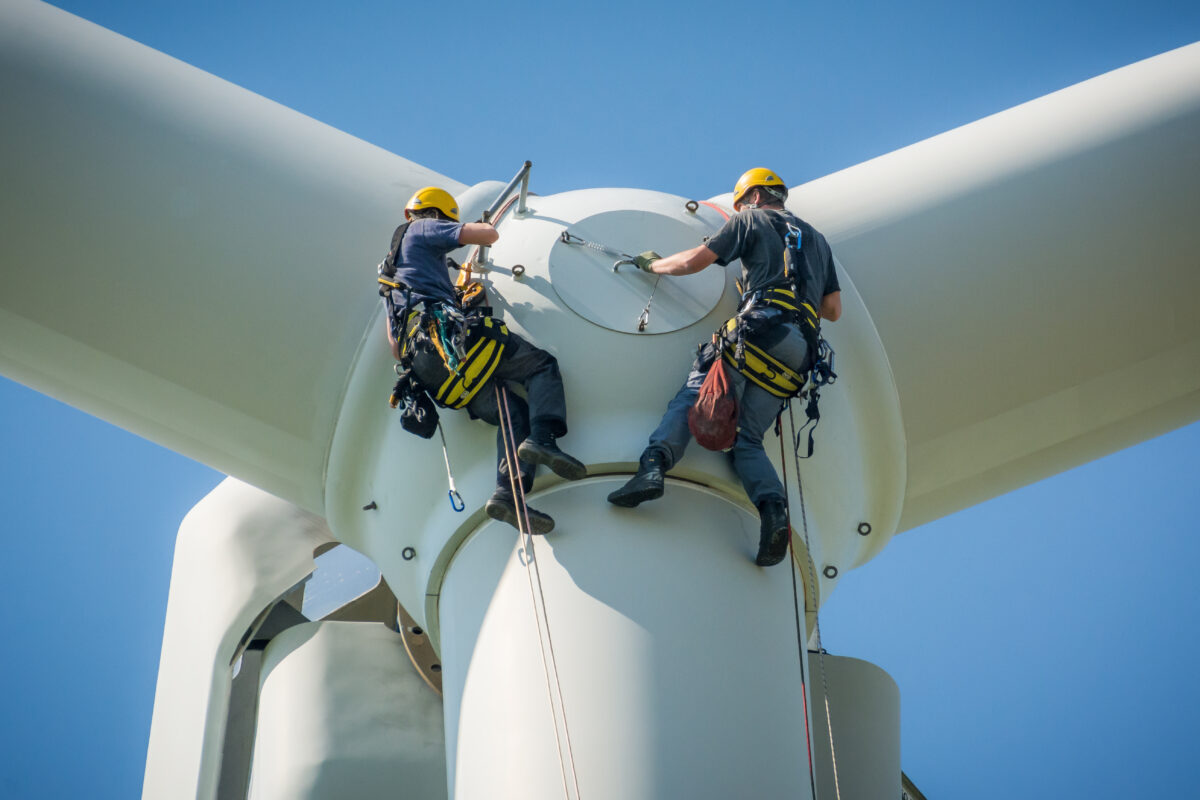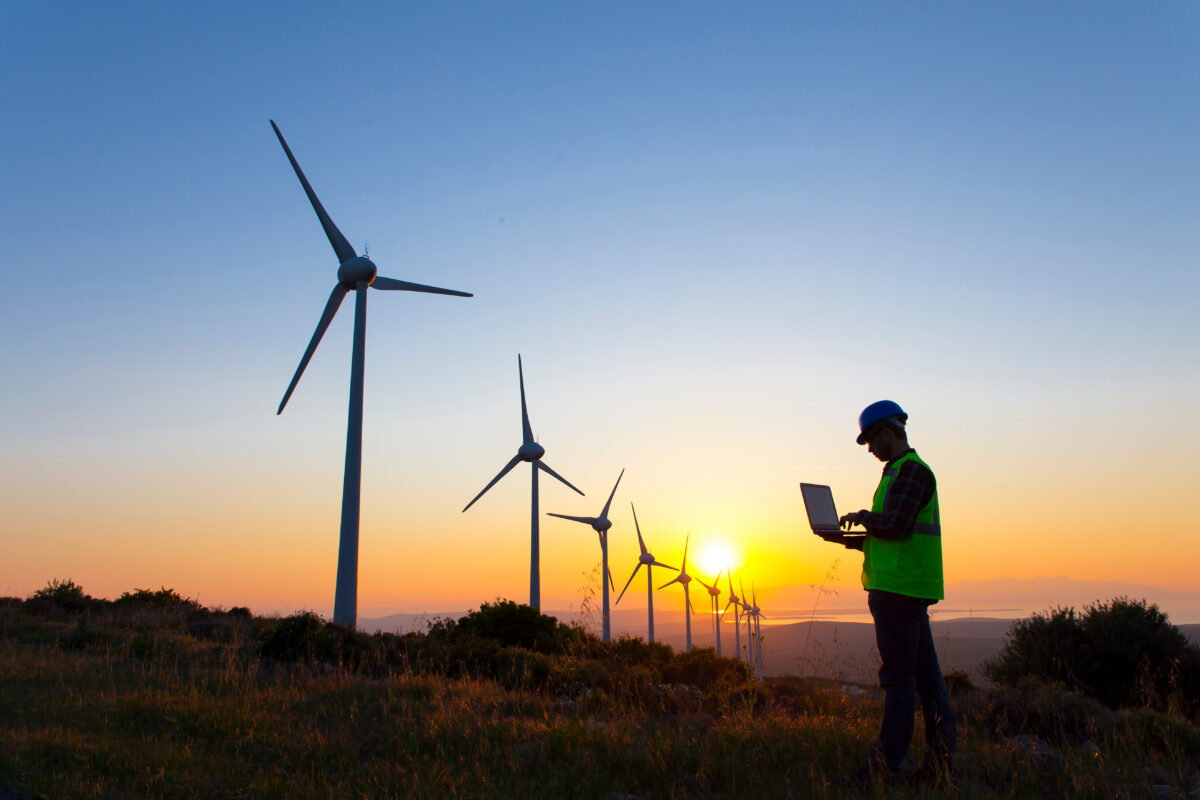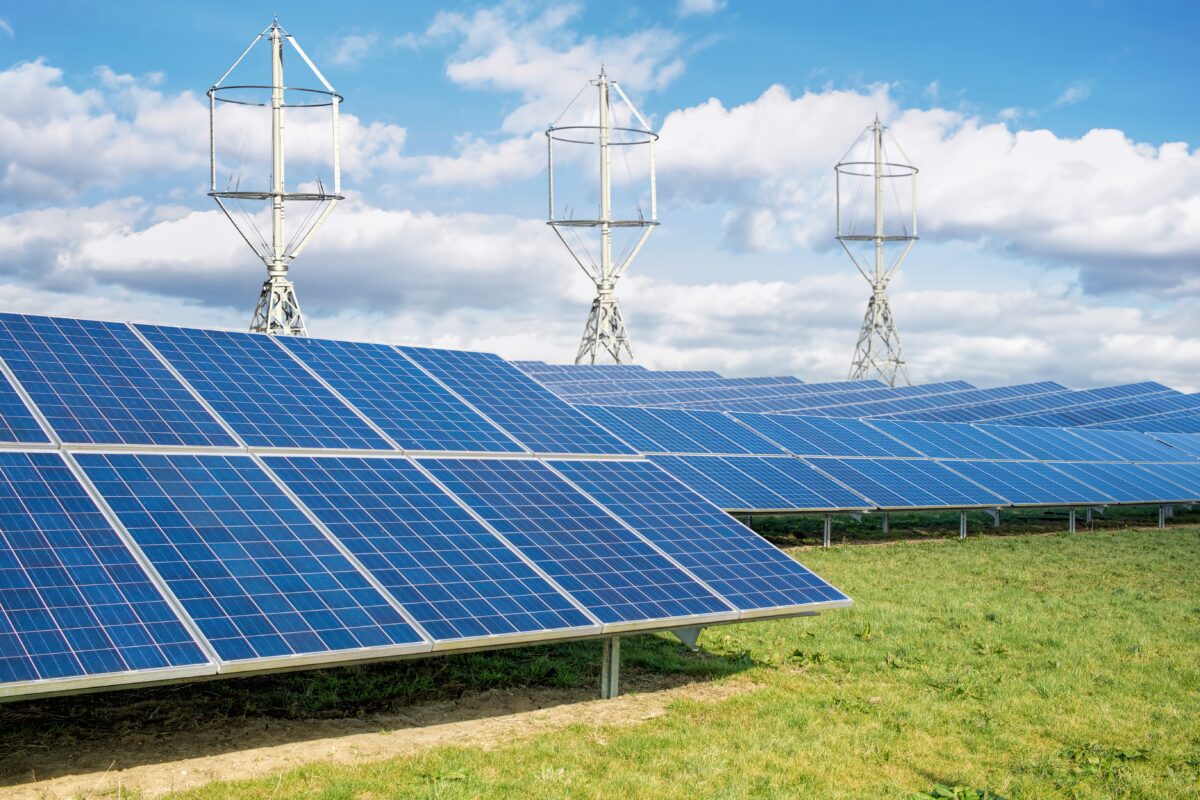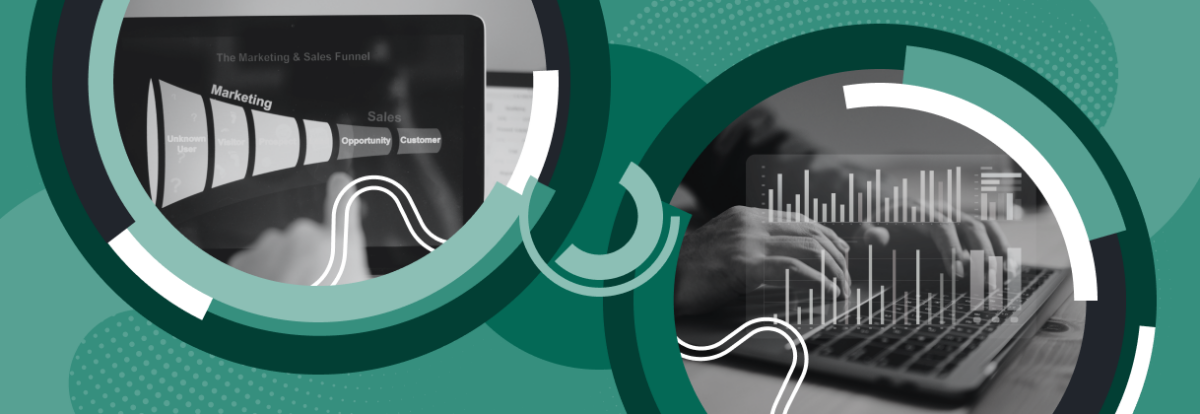How Long Do Wind Turbines Last? Understanding Wind Turbine Lifespan
Wind turbines operate for varying lengths of time based on many different factors. Most industry standards suggest a typical wind turbine lifespan between 20-25 years. The timeframe isn’t fixed though. Some manufacturers say their turbines can run for 30 years or more. Many experts in the field think 20 years is realistic with good maintenance.
Several reasons explain why reported lifespans differ. Modern turbines work better than older models thanks to better engineering. On top of that, offshore wind turbines last up to 35 years after installation, even though they face tougher conditions.
A wind turbine’s lifespan doesn’t mean every part lasts that long. Foundations and towers usually last the full service life, but other parts need replacement or refurbishment sooner. Turbines become less efficient as they age, and damage can get pricey because of reduced output.
Key Factors Influencing Wind Turbine Longevity
These elements determine how long wind turbines keep working:
1.Design and Material Quality: Better materials and aerodynamic design help turbines last longer by reducing structural stress and wear on important parts.
2.Location and Environmental Conditions: Site conditions are the foundations of a turbine’s lifespan. Land-based turbines usually last longer than offshore ones that face rough seas and salt water corrosion. Environmental factors include:
– Average wind speeds and turbulence intensity
– Wave-induced cyclic loading (for offshore installations)
– Temperature extremes
– Saltwater exposure
– Lightning strikes
3.Maintenance Practices: Good maintenance affects a turbine’s life more than anything else. Regular checks, usually once or twice a year, help turbines last longer. Technicians check important mechanical and electrical parts and fix problems early.
4.Operational Management: Smart operation makes turbines last longer. Operators use load optimization, shut down turbines during extreme winds, and use data monitoring systems like SCADA to spot potential failures.
5.Upgrade Opportunities: Turbines often get newer, better parts during their lifetime. These upgrades can make them work much longer.
Money makes the final call on a turbine’s fate. Decommissioning becomes necessary when maintenance costs more than the electricity produced. Turbines can produce energy well beyond their original design specs with careful monitoring, preventive maintenance, and strategic upgrades.
Factors That Extend or Reduce Wind Turbine Service Life

Wind turbines may or may not reach their expected service life based on several key factors. Better operational planning and cost management throughout a turbine’s lifecycle depends on understanding these elements.
Environmental Impact: Salt, Humidity and Temperature Extremes
Wind turbines face intense stress from environmental conditions, especially in offshore locations. A corrosive mix of salt water, humidity, and changing temperatures creates perfect conditions for deterioration in offshore turbines. This process can damage the structural integrity of vital components like tower foundations, blades, and support structures.
Temperature changes create another big challenge. Most offshore wind farms work best between -10°C to +40°C, and some can handle temperatures as low as -30°C. Components become brittle in cold temperatures and face higher risks of mechanical failure. Heat causes problems too – electrical and mechanical parts can overheat along with lubrication systems, which might force shutdowns.
Humidity plays a big role in how reliable these turbines are. About 20% of wind turbine breakdowns and downtime happen because of humidity-related problems. Condensation forms when air temperature is different from material surfaces, and this damages electronics and electrical equipment through corrosion.
Maintenance Quality and Frequency
The way turbines last depends on maintenance strategies. These machines need preventative maintenance check-ups two to three times each year, and older turbines need more frequent checks. A turbine can last much longer with the right monitoring and maintenance.
Maintenance teams can choose from different approaches:
– Fix-on-fail: This works well when failures don’t happen often but depends on vessel availability
– Batch repair: You spend less on vessels but turbines might stay broken longer
– Preventative maintenance: It costs more upfront but saves money in the long run when failures happen often
It is important to note that these figures apply to large wind turbines. Small wind turbines require much less maintenance. In fact, Freen turbines require maintenance as infrequently as once every two years.
Wind Conditions and Operational Stress
Wind patterns shape how long turbines last. Changes in wind speed put extra stress on components and affect energy output. These machines work within specific wind speed limits (cut-in and cut-out speeds), and going beyond these limits can harm the system.
Thrust force creates the biggest impact during operation. Tower forces become more important when turbines are parked, and wind gusts create cyclic loads that cause fatigue damage. The submerged area near the fixed region (mud line) gets the highest bending stress, which makes welds in this spot likely to develop fatigue cracks.
Component-Specific Lifespans in Wind Turbines
Wind turbines have components with unique lifespans that don’t always match the overall turbine design life. Operators need this knowledge to schedule maintenance and budget for replacements during a turbine’s operational life. Let’s look at the lifespan of individual parts in large wind turbines.
Tower and Foundation Longevity (25-30 Years)
Towers and foundations last longer than other parts and serve as the turbine’s backbone. These elements usually last the full 20-30 year design life with their high safety factors. Engineers often overdesign towers, which makes them the most durable component. Offshore installations face unique challenges from wave-induced cyclic loading. The submerged zone near the mud line experiences the highest bending stress. Regular checks become vital as the industry looks to extend life beyond the original design specs.
Gearbox and Generator Replacement Cycles (10-15 Years)
Gearboxes remain the most troublesome components in wind turbines. About 70% of gearbox failures stem from bearing issues. Bearing reliability varies based on the stage type. Planetary stages prove less reliable than parallel stages. Replacing a gearbox bearing costs between €15,000 for simple up-tower fixes to over €1 million for larger (5+ MW) exchanges. Generators need replacement sooner than the turbine’s full lifespan, with failures occurring every 8 years on average.
Wind Turbine Blade Lifespan (15-20 Years)
Blades typically work for about 20 years. Their durability becomes harder to maintain as wind turbines grow larger. These components face heavy aerodynamic and gravitational loads, which increase with length. Trailing edge failures have become a common issue during operation and ultimate load testing. Blades make up 6-14% of a turbine’s total mass. Environmental factors like erosion, lightning strikes, and fatigue affect them greatly.
Electronic Control Systems (7-10 Years)
Electronic parts don’t last as long as structural components. Manufacturers offer 5-10 year warranties for inverters, which shows their expected life. Control systems play vital roles by:
– Regulating power output
– Managing yaw positioning
– Preventing damage during extreme conditions
The yaw system shows an 8% fault rate—double that of gearboxes or generators. Electronic components need frequent replacement because of tech obsolescence and environmental exposure. Humidity alone causes about 20% of wind turbine downtime.
Small Wind Turbines: Less Maintenance, Higher Reliability

While large wind turbines require regular maintenance and have multiple components with varying lifespans, smaller wind turbines offer a simpler alternative designed for minimal upkeep. Small wind turbines typically require significantly less maintenance, making them an attractive solution for homeowners, farms, or small businesses looking for efficient yet low-maintenance renewable energy solutions. Vertical-axis wind turbines (VAWTs), in particular, benefit from having fewer moving parts and minimal friction elements, greatly reducing wear and tear. This streamlined design contributes to their durability and cost-effectiveness over the long term.
To discover whether small wind turbines could be the right choice for your specific energy needs, reach out to our team today. We’re here to provide detailed information and expert advice to help you make an informed decision.






